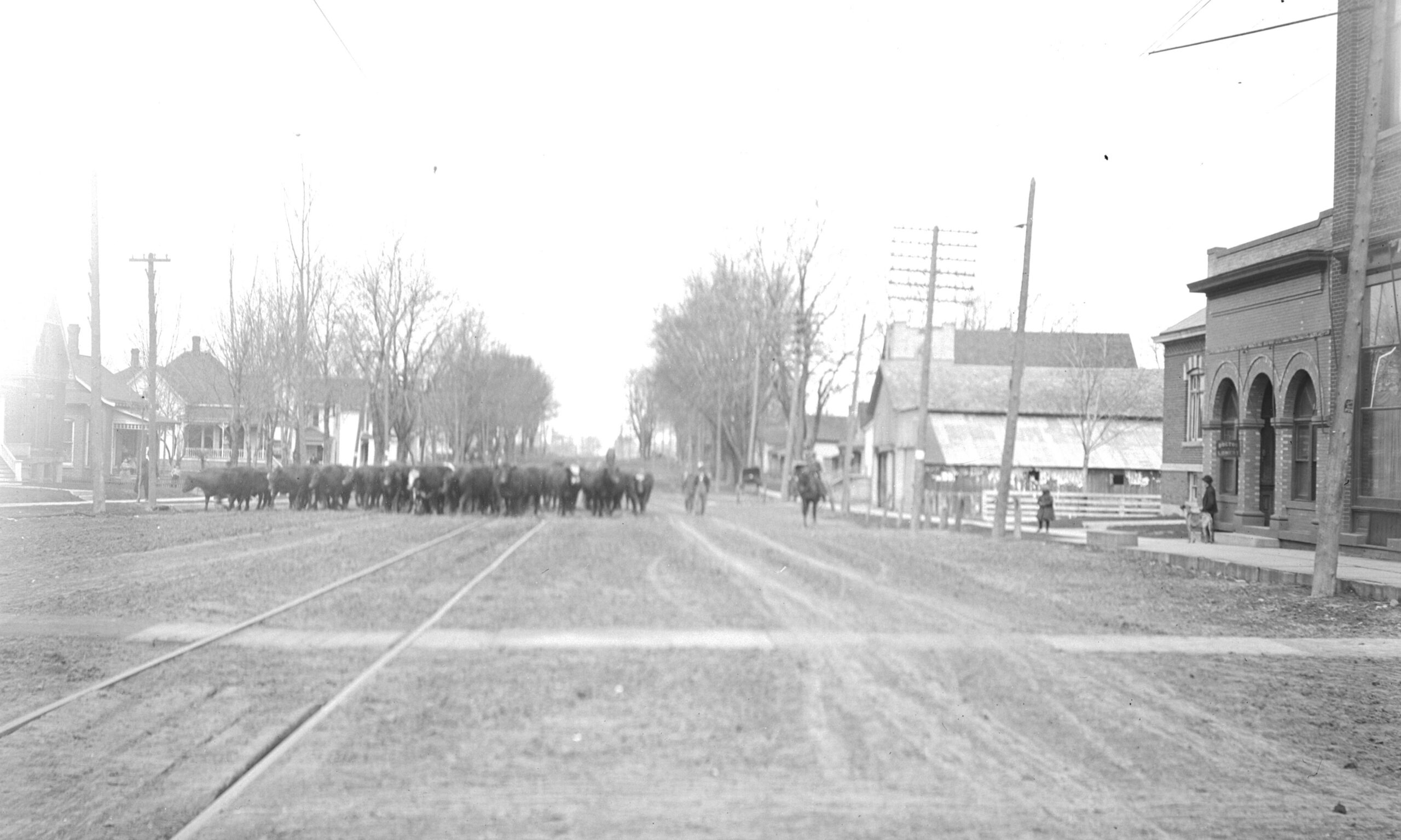Black Cowboys in Southeastern Champaign County
Before the famous Texas Cattle Drives, there were Black cowboys herding cattle in East Central Illinois. One of the largest cattle farms in the United States was located in southeast Champaign County: Ohioan Michael Sullivant's farm, Broadlands. Many African Americans filled the essential roles of cattle herding and farm maintenance on Sullivant's Broadlands Farm and other large cattle farms in southeastern Champaign and southwestern Vermilion Counties, as well as at Sullivant's holdings in Ford County. At their height, these farms sold cattle to the East, to the stockyard of Chicago, and to the Union Army during the Civil War. Additionally, African Americans were hired as cooks, standard farmhands and laborers, hostlers (caring and handling of horses and mules), and domestics. Farm and stock help were highly intermittent—with workers coming and going depending on the farms' needs—so the actual number of African American cowboys in Champaign County was unknown. However, the 1865 Illinois Census recorded nine African Americans working at Broadlands Farm: four women working as cooks and domestics, and five men working with the livestock and living in the large bunkhouse along with other “hands”.
Established in 1853, Sullivant’s farm was named for the broad lands (prairie) it covered. At about 26,500 acres, it extended seven miles east to west, and six and a half miles north to south. The Bunkhouse and other outbuildings were located four miles south of the current town of Broadlands, which was named after the farm. Large scale cattle industry failed in East Central Illinois after an 1868 outbreak of Spanish Fever, a cattle disease brought from Texas, and the rise of the Texas Cattle Drives.
Sources:
Illinois Census 1865, South Homer Township, Champaign County
From the Timber to the Prairie: A History of Homer, IL, Vol. 1., Ray Cunningham, and Molly Spencer Shoal, [Homer Historical Society, Homer, IL, 2005]
“The West: An Illinois Farm, How it is worked and the Profits,” New York Times, October 2, 1869
Decade:
1850-1859
Location(s):
- Broadlands, Illinois
Additional Broadlands Trail Sites

